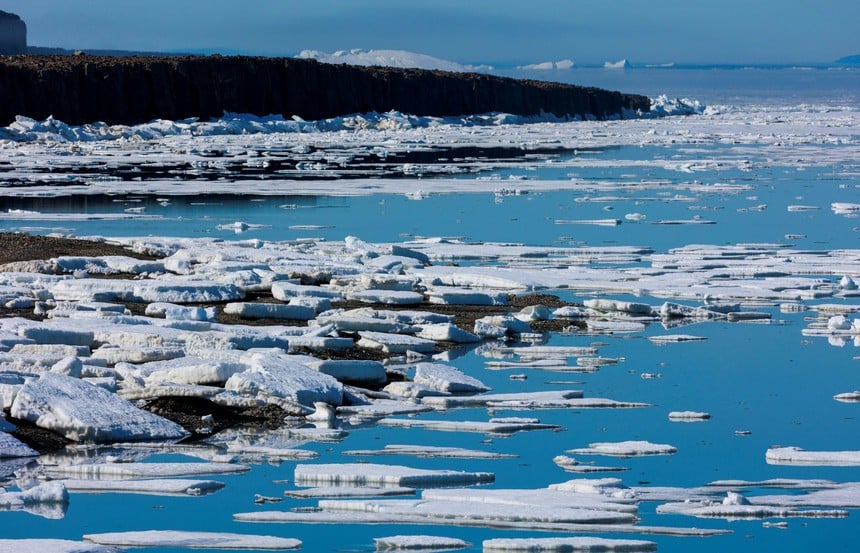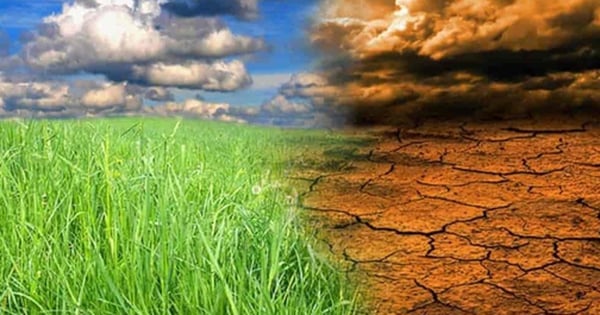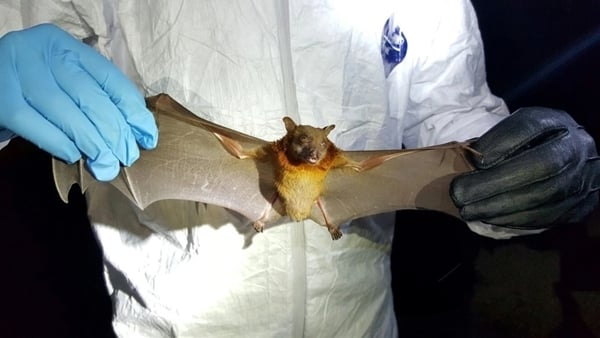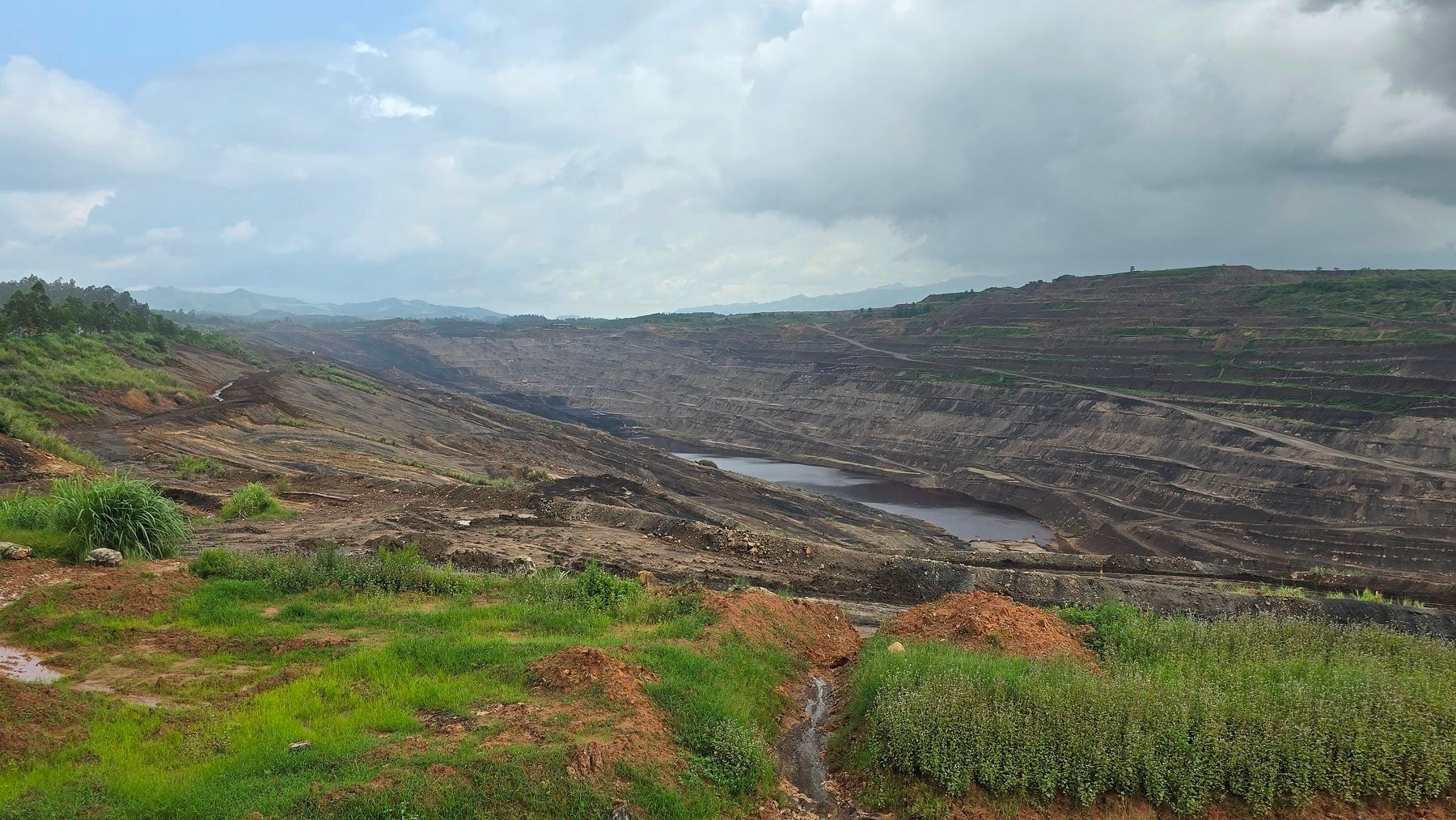On December 12, the US National Oceanic and Atmospheric Administration (NOAA) released a report showing that the surface air temperature in the Arctic in the summer of 2023 reached its highest level ever.
 |
| The area of sea ice in the Arctic has continued to decline in recent years. (Source: AFP) |
In its annual Arctic climate assessment report, NOAA said the average temperature in the Arctic from July to September this year was 6.4 degrees Celsius, the highest level since such data began being collected in 1900.
Average summer temperatures in the Arctic have been rising by 0.17 degrees Celsius per decade. Overall, 2023 was the sixth warmest year on record for the region.
Sea ice extent also continued to decline, with Septembers of the past 17 years seeing record low sea ice extents.
NOAA's report cited data on record increases in average global land and ocean surface temperatures in 2023, saying that the main cause was the impact of human activities.
Rising global temperatures are affecting ecosystems and human communities across the Arctic, making the region warmer, less icy, and more exposed to extreme weather events, according to NOAA.
The US meteorological agency said that the number of Western Alaska salmon has dropped to a record low in the period 2021-2022, with the cause believed to be due to climate changes in the marine ecosystem.
NOAA Administrator Rick Spinrad stressed that this year’s Arctic climate report shows that “the time to act is now.” He said NOAA and its partners have stepped up support and collaboration with Arctic communities to help build climate resilience.
Mr. Spinrad also called on the international community to join hands to reduce greenhouse gas emissions - which are the cause of climate change.
Source








































![[Photo] Prime Minister Pham Minh Chinh chairs Government Conference with localities on economic growth](https://vstatic.vietnam.vn/vietnam/resource/IMAGE/2025/2/21/f34583484f2643a2a2b72168a0d64baa)




























































Comment (0)